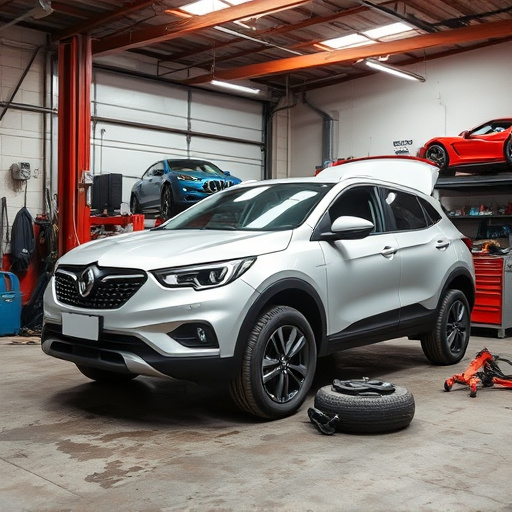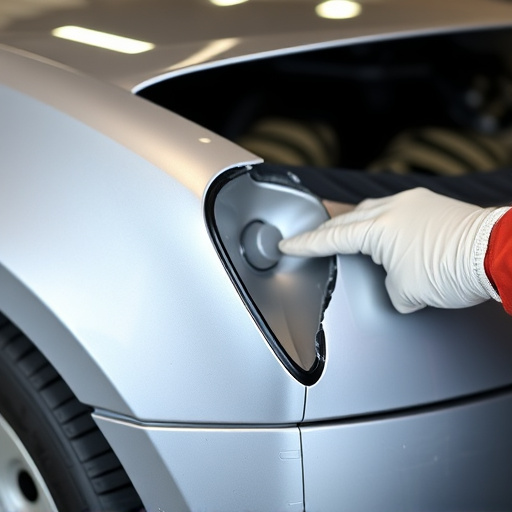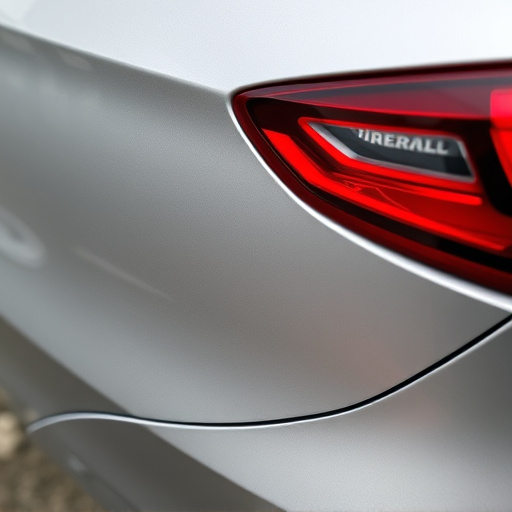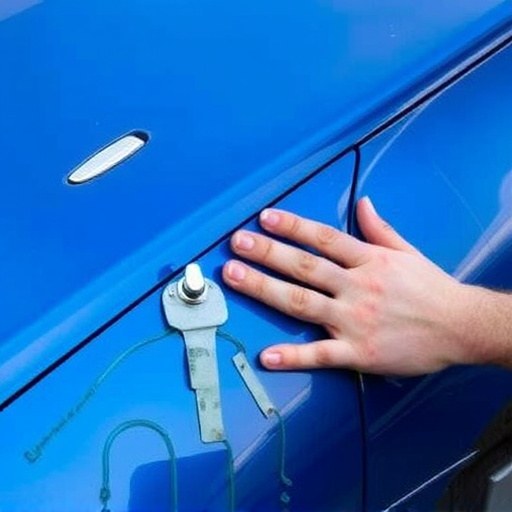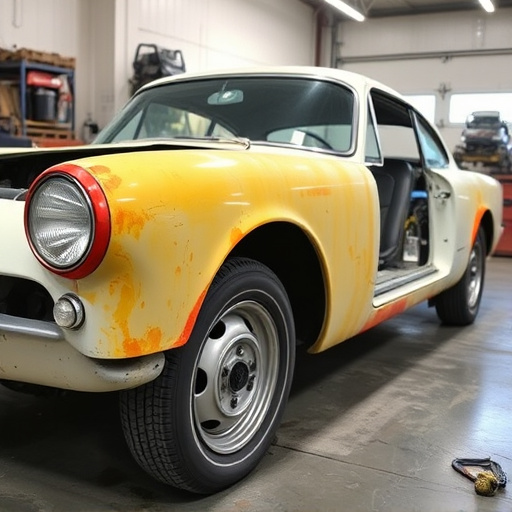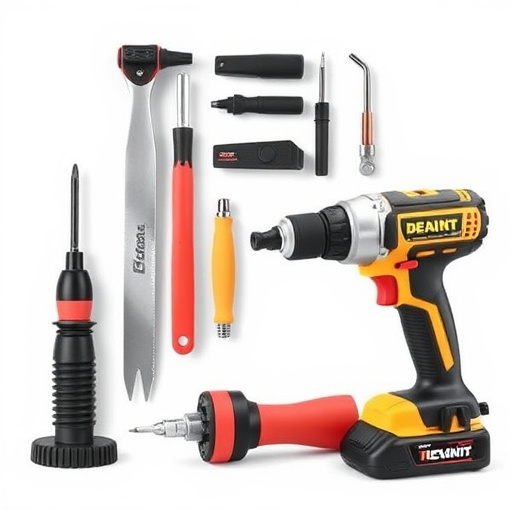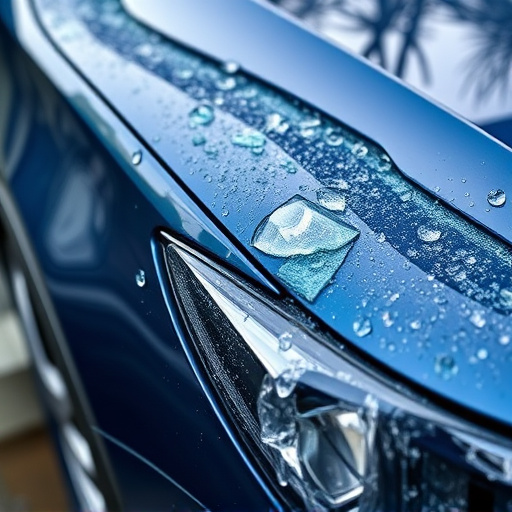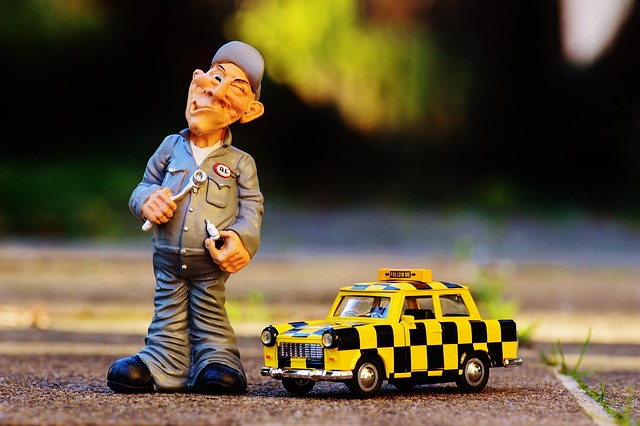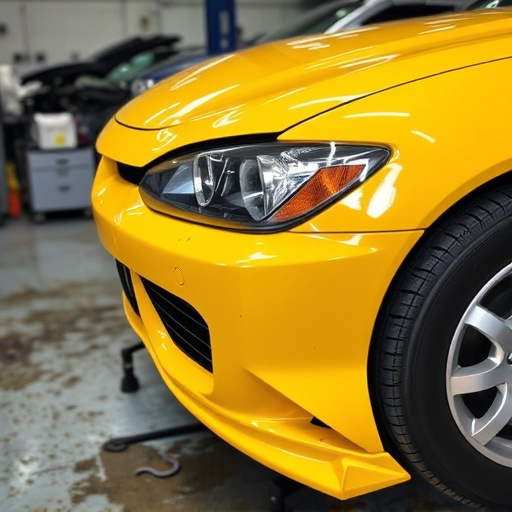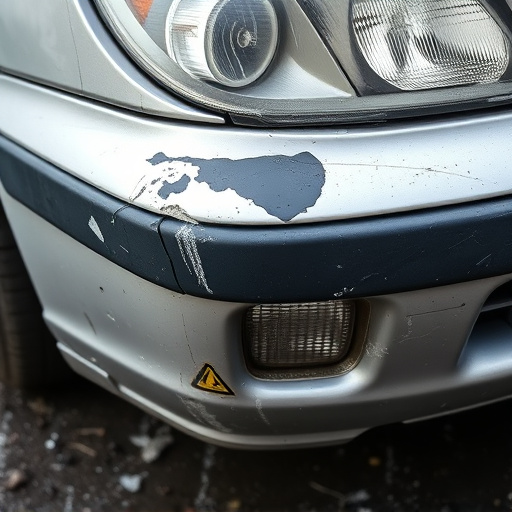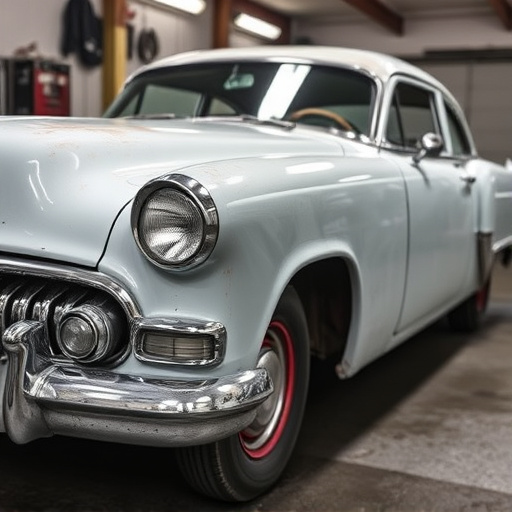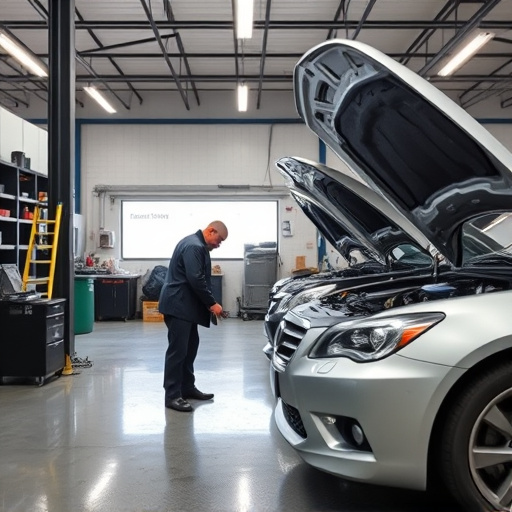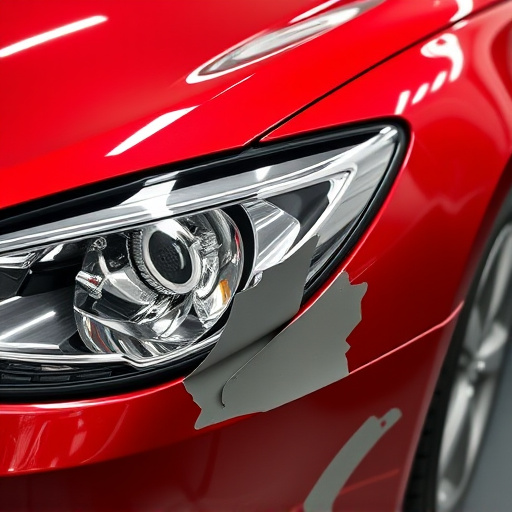The four-stage paint system is a meticulous auto repair process for flawless bumper and fender bender repairs. It emphasizes thorough surface preparation, primer application for color matching, and final topcoat sealing for durability. Optimizing prep work with skilled technicians and right tools enhances efficiency, quality, and consistency. Implementing this system in luxury vehicle repair shops revolutionizes operations, improves control, reduces turnaround time, and maintains high-quality results.
In today’s competitive automotive industry, operational efficiency is key. One proven method to enhance repair shop productivity is implementing a four-stage paint system. This article delves into the intricacies of this system, guiding you through each stage from prep work to curing processes. By optimizing these steps, shops can achieve remarkable results, reduce cycle times, and ultimately, improve customer satisfaction. Understanding and mastering the four-stage paint system is a game-changer for any repair operation.
- Understanding the Four-Stage Paint System
- Optimizing Prep Work for Efficiency
- Streamlining Application and Curing Processes
Understanding the Four-Stage Paint System

The four-stage paint system is a meticulous process designed to ensure flawless repairs and optimal finish in auto repair shops, particularly those specializing in bumper repair and fender bender fixes. Each stage plays a crucial role in achieving a durable, high-quality outcome that matches the vehicle’s original aesthetics.
This system begins with surface preparation, where the damaged area is thoroughly cleaned and treated to ensure an even base for painting. This meticulous attention to detail sets the foundation for the subsequent stages. The application of primer follows, providing a protective coat that fills minor imperfections and prepares the surface for the precise colour matching that will occur in the next stage. This level of precision is vital for achieving a professional repair, especially when addressing complex geometric shapes like car fenders or bumpers. Finally, the topcoat, often glossy or matte based on customer preference, seals in the colour and durability, completing the transformation from damaged to pristine condition in the auto repair shop.
Optimizing Prep Work for Efficiency
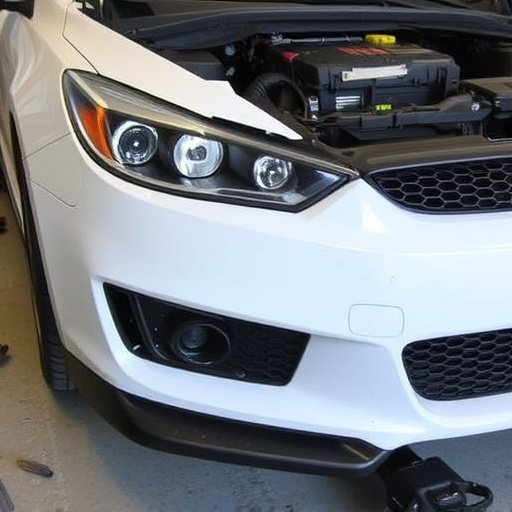
In the context of a four-stage paint system, optimizing prep work is paramount to achieving efficiency in any auto body shop. This initial phase involves thoroughly cleaning and preparing the vehicle body repair surface, ensuring it’s free from contaminants like grease, dirt, and old paint. Skilled technicians use specialized equipment and compounds to sand and smoothen the area, creating a seamless base for the upcoming paint application. A well-organized workflow, including the right tools and materials readily available, streamlines this process, allowing for faster turnaround times without compromising quality.
For auto body shops looking to enhance their operational efficiency, prioritizing prep work pays dividends. This strategic focus not only reduces the time spent on each vehicle body repair but also improves paint adhesion, resulting in more durable and aesthetically pleasing finishes. Additionally, optimized prep work encourages consistency among technicians, ensuring every auto repair near me is handled with the same level of meticulousness, ultimately fostering customer satisfaction and loyalty.
Streamlining Application and Curing Processes

In the context of a luxury vehicle repair shop, implementing a four-stage paint system revolutionizes operational efficiency. This streamlined process optimizes every step from surface preparation to final curing, ensuring precise and high-quality results in car dent removal and vehicle bodywork repairs. By meticulously separating stages for application, drying, sanding, and finishing, technicians can work more methodically, minimizing errors and maximizing productivity.
The structured approach allows for better control over environmental conditions, such as temperature and humidity, which are critical factors in paint curing. This precision not only enhances the durability of the paint job but also reduces the time required to complete repairs. As a result, customers benefit from faster turnaround times without compromising on the quality of their luxury vehicle repair, making the process more efficient and satisfying for all parties involved.
Implementing a four-stage paint system can significantly enhance repair shop operational efficiency, streamlining prep work, application, and curing processes. By understanding this system’s intricacies and optimizing each stage, shops can achieve faster turnaround times, improved product quality, and increased customer satisfaction. Adopting efficient practices ensures the repair process is both effective and cost-effective, ultimately contributing to a successful and thriving business.
